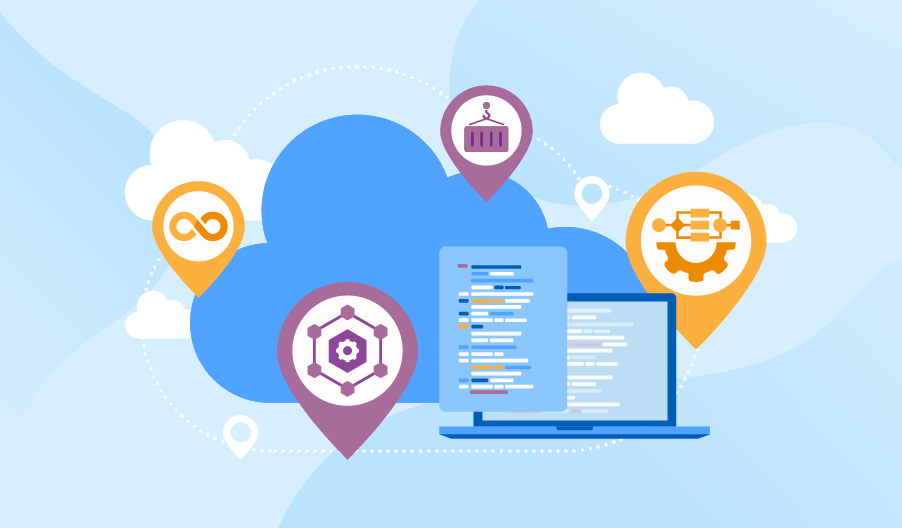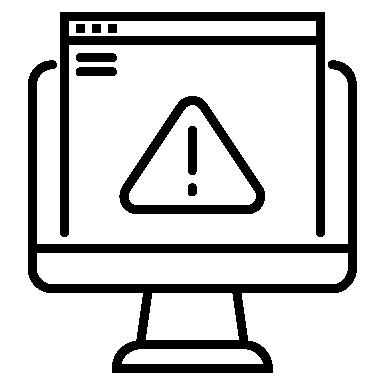- Solutions
-
-
-
WORKPLACE COLLABORATION
- Email and CollaborationIntegrated enterprise solutions for business emails, collaborations and productivity tools.
- Meeting Room and ConferencingModern conferencing and communication solutions for future workplaces.
- End User ComputingSecured and easy-to-manage solutions for end users to access applications and data – any device, anytime, anywhere.
- SD-WAN, Network, Wi-FiSmart and secured cloud managed network solutions from small businesses to large enterprises.
-
-
-
CLOUD COMPUTING
- Public And Hybrid CloudMulti-Cloud Solutions for all types of workloads securely and flexibly on pay-as-you-use model.
- Data Cloud and AnalyticsData solutions that allows unification of data securely across organizations and platforms with intelligent insights.
- Platform as a ServiceCloud platform solutions that provide a series of modular cloud services for application and web services.
- API ManagementFull lifecycle API management platform as gateway for runtime management, policy governance, and usage analytics.
-
-
-
BUSINESS APPLICATIONS
- ERP SolutionsEnterprise Resources Planning solutions to automate business process for better financial insights and internal controls.
- CRM Solutions360 solutions to unify sales, marketing and customer service interactions for better customer engagement.
- Digital Signature SolutionsLegally binding electronic signature solutions for documents signings and workflow approvals.
- Document Management SystemsHardcopies digitization and documents approval solutions for enhanced business process automations.
-
-
-
EMERGING TECHNOLOGIES
- AI ChatbotLifelike conversational AI with state-of-the-art virtual agent systems for businesses and customer service environments.
- Machine LearningArtificial Intelligence (AI) solutions that enable data learning for predictive analysis and automated decision making.
- IoTProtect your business from disruptions with secure and highly available cloud infrastructure.
-
-
-
- Services
-
-
-
CLOUD TRANSFORMATION
- Infrastructure ModernizationProvide flexible cloud infrastructure services from re-host to re-platform.
- Application ModernizationProvide cloud native application development platforms and services for simplify and speedy software delivery.
- Data AnalyticsOffer multi-cloud and cross-platform cloud analytics for data analysis and reportings.
- Cloud MigrationMigration of workload and application from on-premises systems to cloud platform.
-
-
-
BUSINESS SERVICES
- ConsultingImprove your operational performance and productivity, and adding value throughout the lifecycle.
- Business Application IntegrationsRapidly builds end-to-end smart workflows to help automate digital processes.
- Backup & Disaster RecoveryProvide centralized protection for environments and applications running on-premises and on-cloud.
- Business Process AutomationProfessional services to assist businesses in streamlining and automating business process and re-shaping their work.
-
-
-
TECHNICAL SERVICES
- Technical SupportCertified engineers in providing IT support services with commitment to Service Level Agreements.
- Managed ServicesProvide expertise to manage businesses’ IT requirements for operational efficiency and faster resolutions.
- Workplace ModernizationDesign, install and implement modern AV and communication solutions for all workplace environment types.
- Installation ServicesProfessional services in IT installations and implementations.
-
-
-
PROFESSIONAL SERVICES
- Training ServicesProfessional training services from our certified trainers, engineers and consultants.
- Project ManagementProfessional services in managing processes and resources to ensure the success of a project delivery.
- Change ManagementManage the transition in product, policy and process changes to achieve ROI in new technology adoptions.
-
-
-
- Products
- Partners
- Customers
- Blog
- About
-
- Contact Us
- Solutions
-
-
-
WORKPLACE COLLABORATION
- Email and CollaborationIntegrated enterprise solutions for business emails, collaborations and productivity tools.
- Meeting Room and ConferencingModern conferencing and communication solutions for future workplaces.
- End User ComputingSecured and easy-to-manage solutions for end users to access applications and data – any device, anytime, anywhere.
- SD-WAN, Network, Wi-FiSmart and secured cloud managed network solutions from small businesses to large enterprises.
-
-
-
CLOUD COMPUTING
- Public And Hybrid CloudMulti-Cloud Solutions for all types of workloads securely and flexibly on pay-as-you-use model.
- Data Cloud and AnalyticsData solutions that allows unification of data securely across organizations and platforms with intelligent insights.
- Platform as a ServiceCloud platform solutions that provide a series of modular cloud services for application and web services.
- API ManagementFull lifecycle API management platform as gateway for runtime management, policy governance, and usage analytics.
-
-
-
BUSINESS APPLICATIONS
- ERP SolutionsEnterprise Resources Planning solutions to automate business process for better financial insights and internal controls.
- CRM Solutions360 solutions to unify sales, marketing and customer service interactions for better customer engagement.
- Digital Signature SolutionsLegally binding electronic signature solutions for documents signings and workflow approvals.
- Document Management SystemsHardcopies digitization and documents approval solutions for enhanced business process automations.
-
-
-
EMERGING TECHNOLOGIES
- AI ChatbotLifelike conversational AI with state-of-the-art virtual agent systems for businesses and customer service environments.
- Machine LearningArtificial Intelligence (AI) solutions that enable data learning for predictive analysis and automated decision making.
- IoTProtect your business from disruptions with secure and highly available cloud infrastructure.
-
-
-
- Services
-
-
-
CLOUD TRANSFORMATION
- Infrastructure ModernizationProvide flexible cloud infrastructure services from re-host to re-platform.
- Application ModernizationProvide cloud native application development platforms and services for simplify and speedy software delivery.
- Data AnalyticsOffer multi-cloud and cross-platform cloud analytics for data analysis and reportings.
- Cloud MigrationMigration of workload and application from on-premises systems to cloud platform.
-
-
-
BUSINESS SERVICES
- ConsultingImprove your operational performance and productivity, and adding value throughout the lifecycle.
- Business Application IntegrationsRapidly builds end-to-end smart workflows to help automate digital processes.
- Backup & Disaster RecoveryProvide centralized protection for environments and applications running on-premises and on-cloud.
- Business Process AutomationProfessional services to assist businesses in streamlining and automating business process and re-shaping their work.
-
-
-
TECHNICAL SERVICES
- Technical SupportCertified engineers in providing IT support services with commitment to Service Level Agreements.
- Managed ServicesProvide expertise to manage businesses’ IT requirements for operational efficiency and faster resolutions.
- Workplace ModernizationDesign, install and implement modern AV and communication solutions for all workplace environment types.
- Installation ServicesProfessional services in IT installations and implementations.
-
-
-
PROFESSIONAL SERVICES
- Training ServicesProfessional training services from our certified trainers, engineers and consultants.
- Project ManagementProfessional services in managing processes and resources to ensure the success of a project delivery.
- Change ManagementManage the transition in product, policy and process changes to achieve ROI in new technology adoptions.
-
-
-
- Products
- Partners
- Customers
- Blog
- About
-
- Contact Us
Copyright © 2009-2024 PointStar Pte Ltd. All Rights Reserved. Privacy Policy.





